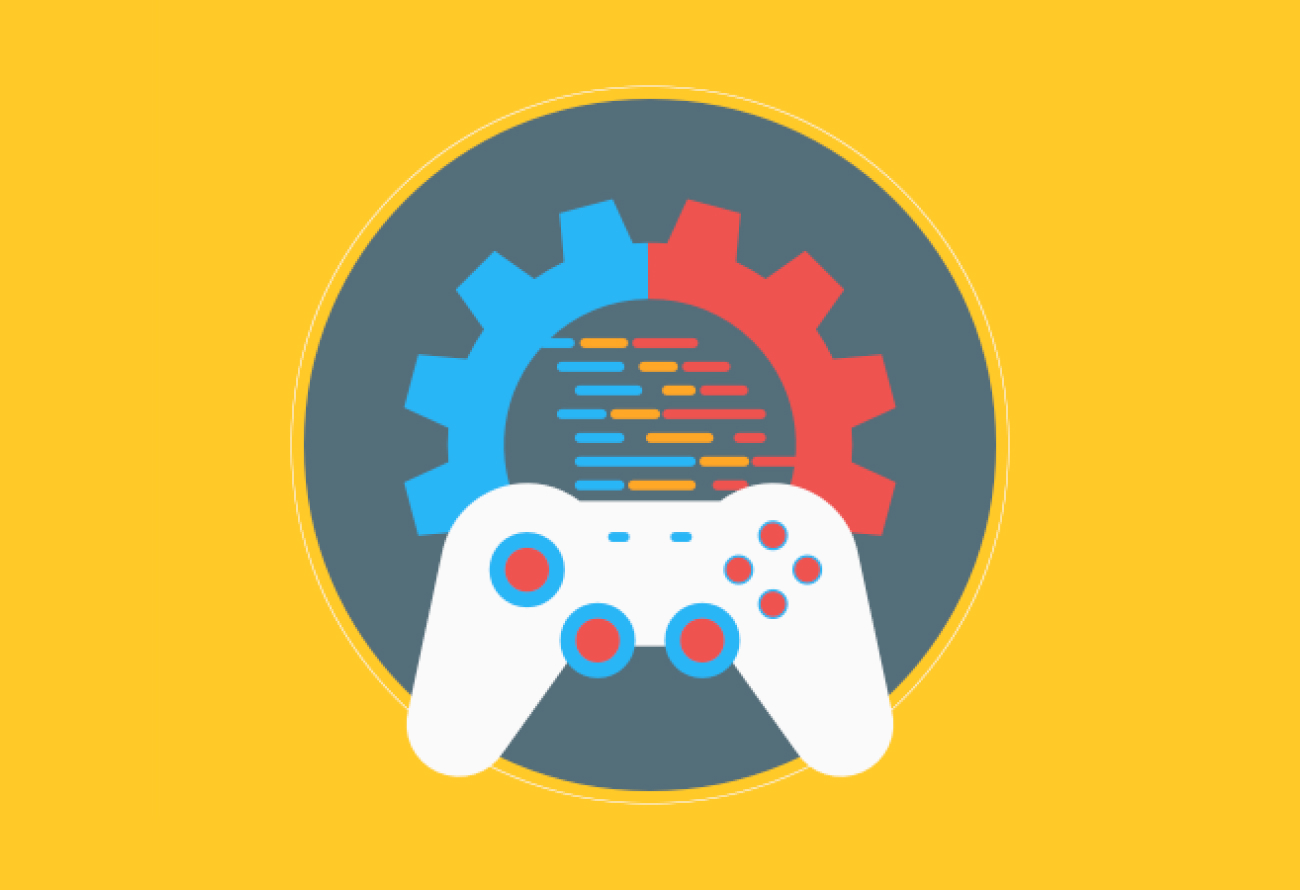
Game Development
Game development is the art of creating games. It describes the design, development, and release of a game. It can include conceptualization, design, building, testing, and publishing. When creating a game, it is important to think about game mechanics, rewards, player engagement, and level design.
A game developer can be a programmer, sound designer, artist, designer, or any number of other roles found in the industry. Game development can be done by a large Game Development Studio or by a single person. It can be as small or as large as you want. As long as it allows the player to interact with the content and change elements of the game, you can call it a “game”. You don’t need to write code to be involved in game development. While Artists can create and design assets, a Developer can focus on programming a health bar. A Tester can be involved to see that the game is working as expected. Tools like libGDX and OpenGL were developed to solve the problems that game frameworks had. They provided a lot of pre-built functionality and features, helping to make game development much faster and easier. However, it was still difficult to enter the industry or understand a framework for someone from a non-programmer background, a common situation in the game development scene. This was when game engines like Construct, Game Maker, Unity, and Unreal were being developed. In general, an engine has everything a framework has, but with a simpler approach by using a graphical user interface (GUI) and helping with the graphical development of the game. In some cases, such as Game Maker and Construct, the amount of pre-built functionality is so large that people with no prior programming skills can build a game from scratch, truly expanding the scene and making game development accessible to almost everyone.
Stages of Game Development
1. Pre-production
Planning. During this phase, the idea for a video game should come to light. It outlines the basic elements such as budget, target audience, whether the game will be 2D or 3D, who the characters will be, and what platform the game will be on. This is the first part of the planning phase and the roots from which each video game will grow.
2.Production
This phase of game development is the most complex and challenging, but it is here that the magic happens and the game idea is brought to life. At this stage, each member of the team has a well-established role.
3. Post production
Even if the production phase is complete, the process continues with maintenance in case some bugs occur (usually this happens quite often, but is resolved during the maintenance phase). Also, the marketing of a video game takes place during Post-Production and effectively continues for some time after its release. Large productions usually start marketing their games in the final stages of Main Production in order to gain visibility and create excitement among their fan base.

